The Most Unforgettable TV Show Villains Of All Time
From Cersei Lannister to Gus Fring, these are the most iconic TV villains we love to hate.
From the chilling Hannibal Lecter to the disturbing Norman Bates, the world of TV has introduced viewers to some of the most unforgettable villains of all time. These bad guys and serial killers have captivated audiences with their malevolent charm, sinister plans, and sheer evil genius. Every genre has its own iconic antagonist that has left an indelible mark on pop culture, and here is our pick of the most unforgettable ones to take the small screen.
The Master in Doctor Who
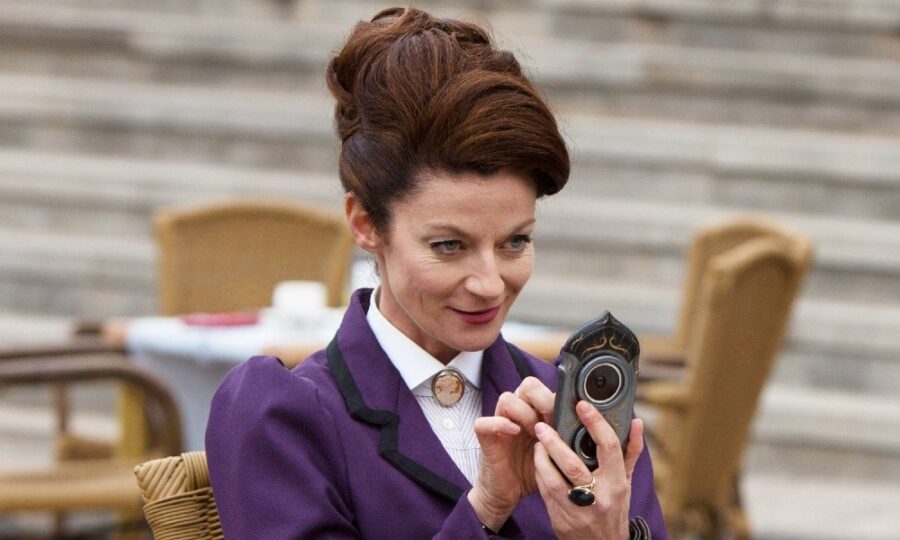
The Master is one of the Doctor’s oldest and most formidable foes. He is a renegade alien Time Lord, but unlike his counterpart, who uses his powers to save people, the Master uses them for his own ends. He is a complex character with a dark charisma that allows him to manipulate those around him to do his bidding.
Known as “Missy” in their female incarnation, The Master first appeared in the classic era of Doctor Who and has since been portrayed by several different actors, including Michelle Gomez. The TV villain’s schemes have ranged from simple sabotage to grand plans to conquer the universe. He has been responsible for some of the show’s most memorable moments, as his rivalry with the Doctor drives most of the narrative.
Norman Bates in Bates Motel

Norman Bates is a complex and fascinating character, introduced as a shy, socially awkward teenager living with his overbearing, controlling mother. As the series progresses, viewers see that Norman has a deeply disturbed psyche, which is often reflected in his actions and relationships. His relationship with his mother is one of the central themes of Bates Motel.
Norman is fiercely devoted to her, often going to great lengths to protect her and keep her safe. However, this devotion leads to his descent into TV villain madness, as his attachment to her becomes increasingly unhealthy and obsessive. As a result, Norman’s mental state deteriorates, and his increasingly violent behavior significantly affects those around him.
Kilgrave in Jessica Jones

Kilgrave is a complex and terrifying TV villain in Jessica Jones. He is a psychopath who can control people’s minds, making them do whatever he commands. He is introduced as the main antagonist in the show’s first season, having caused the titular character to kill someone. After that incident, Jones becomes a private investigator who sets out to stop him.
Along with being responsible for Jessica’s traumatizing past, Kilgrave leaves a trail of victims in his wake. His actions force those close to Jessica to confront their own demons and make difficult choices. The TV villain’s power over Jessica and her struggle to break free from him is the central focus of the first season of the Netflix series.
Negan in The Walking Dead

Negan is the leader of a group of survivors in a post-apocalyptic world known as the Saviors. The TV villain is introduced as the primary antagonist in the seventh and eighth seasons of The Walking Dead. He is a complex character with a unique brand of villainy. Charming and funny, he often uses wit to disarm his enemies before brutally destroying them.
His sadistic tendencies are on full display as he uses fear and intimidation to maintain control over his followers. Negan’s actions have lasting consequences for the heroes of The Walking Dead. His actions also force other people to question their morality. Interestingly, the TV villain sometimes experiences moments of remorse, evidenced in his chat with Maggie after killing Glenn.
Sylar in Heroes

As the primary villain in Heroes’ early seasons, Sylar has the unique ability to absorb other people’s powers by examining their brains. His pursuit of greatness and his clashes with the show’s other “heroes” result in some of the most intense and memorable moments in season one. Sylar is one of the most fascinating TV villains because his character is multi-dimensional.
He starts as a seemingly innocent and sympathetic character before eventually revealing himself as a ruthless killer who will stop at nothing to gain more power. As the story progresses, Sylar becomes more dangerous and his actions more devastating.
Cersei Lannister in Game of Thrones
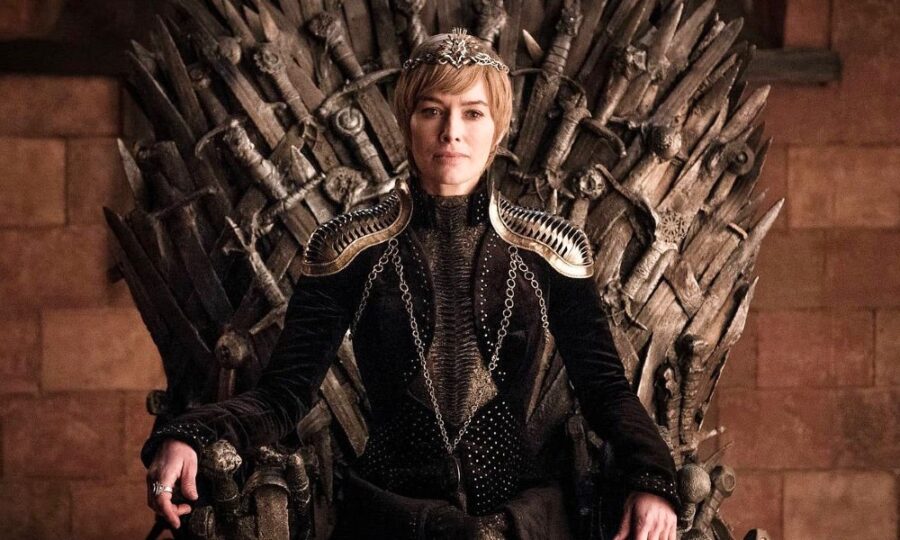
As Queen of the Seven Kingdoms, Cersei Lannister, is a formidable TV villain on Game of Thrones. Her cunning, manipulative personality, and willingness to protect her family at any cost while maintaining her power, make her an excellent bad guy. But Cersei’s character arc is complex as her motivations are often unclear.
Cersei is fiercely loyal to her family, especially her children, often leading her to make ruthless decisions. The ease at which she orders the deaths of her enemies, and even her own family members, bring a special brutality to the character. These actions have far-reaching consequences. And the ripple effects are felt throughout the entire show.
Gus Fring in Breaking Bad

Gus Fring was introduced to audiences in the critically acclaimed series Breaking Bad. A calculating and methodical drug lord, the character serves as the primary TV villain in the show. Gus serves as a counterbalance to the show’s protagonist, Walter White, exuding a calm and collected demeanor that belies his true nature as a ruthless and dangerous criminal.
He runs a chain of fast-food restaurants as a front for his drug empire and is known for his strict code of conduct and attention to detail. Gus is a master of deception, and his ability to manipulate those around him is crucial to his character. His relationship with Walter is a driving force in the later seasons of the popular show.
The Joker in Batman: The Animated Series
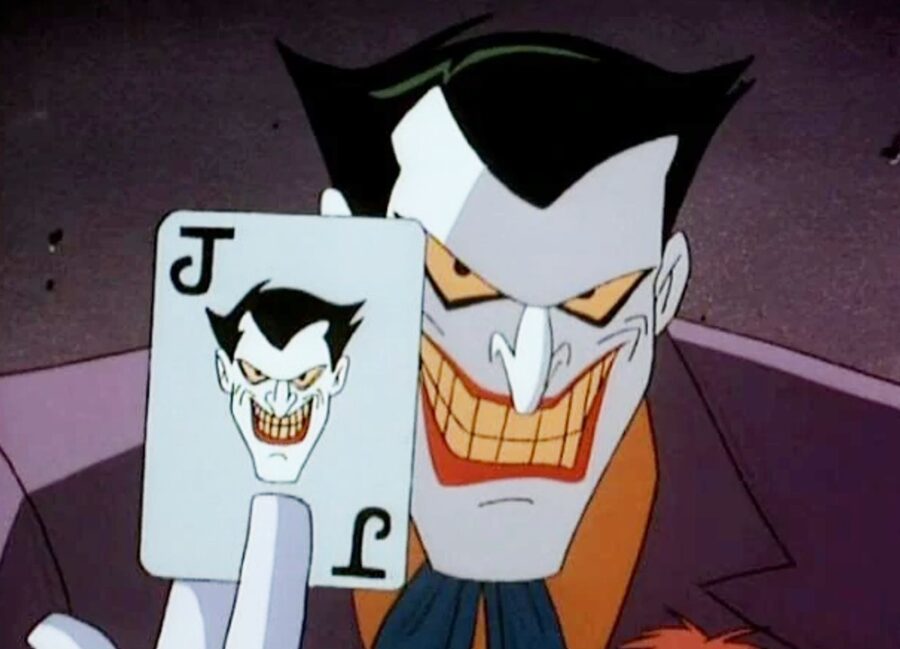
One of the most iconic TV and comic book villains of all time, The Joker is a chaotic and unpredictable criminal with a twisted sense of humor. Voiced by Mark Hamill, he is Batman’s deadliest archenemy, a mob boss named Jack Napier who is menacing, merciless, shrewd, and extremely dangerous. The Joker is known for carrying out wicked tricks to take over Gotham City, make a profit, and ruin Batman’s life.
The Joker is considered Batman’s favorite sparring partner and is believed to be inextricably linked to him. The baddie is emotionally unstable and unpredictable, often laughing maniacally and using deadly weapons like a gun which can imprison victims in life-sized playing cards. He also develops elaborate schemes to get revenge on those who did him wrong, including police detectives.
Joffrey Baratheon in Game of Thrones
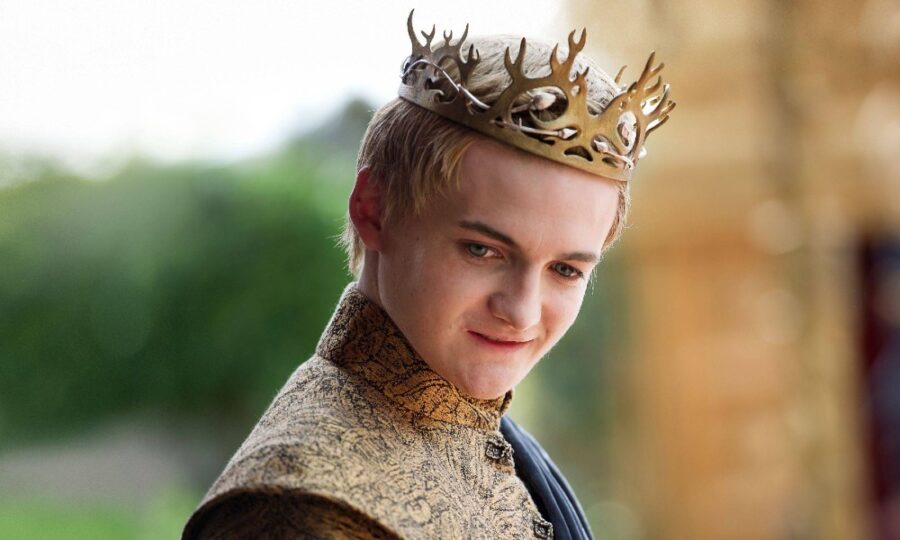
Joffrey Baratheon made his on-screen debut in the Game of Thrones HBO adaptation. The TV villain is known for his sadistic and cruel nature and is believed to be the eldest son of Queen Cersei Lannister and King Robert Baratheon. But he is actually the result of an incestuous relationship between the Queen and her brother. In the novels, Joffrey is not a point-of-view character, so his actions are witnessed and interpreted through the eyes of others.
In the series, he is known for being misogynistic and condescending towards Cersei. He insults her status as a woman and mocks Robert Baratheon’s disloyalty to her. Joffrey ascends to the Iron Throne after his father’s death and orders that preparations be made to crown him within the fortnight. He is responsible for many atrocities, including the execution of Ned Stark and the Red Wedding.
Hannibal Lecter in Hannibal
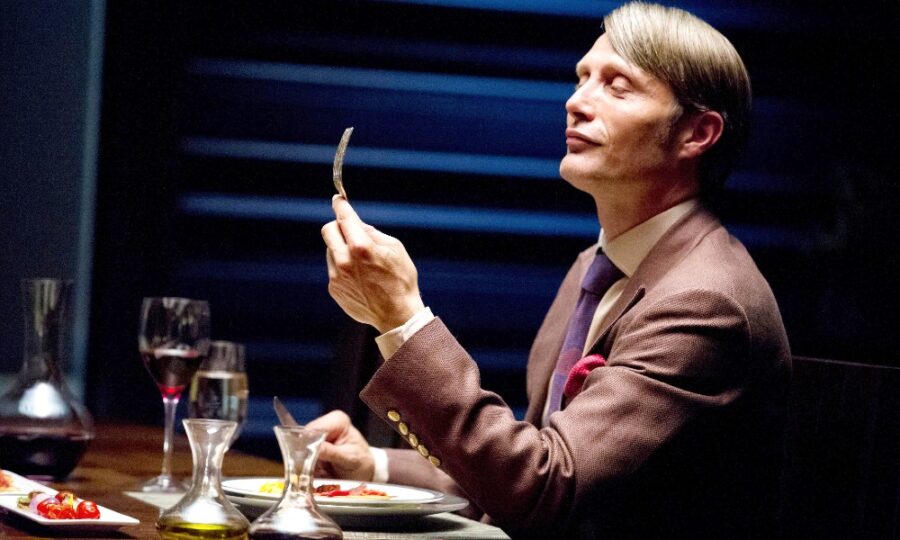
Hannibal Lecter is arguably the most complex and intriguing TV villain of all time. As a psychiatrist, he works with Special Agent Will Graham to track serial killers. Unknown to his colleagues, Hannibal is also a cannibalistic serial killer called the Chesapeake Ripper, who works behind Graham’s back to further his own agenda.
Hannibal also frequently hosts extravagant dinner parties for his colleagues and friends, where they unknowingly consume his victims. Hannibal is portrayed by Mads Mikkelsen and is depicted as a skilled and brutal fighter. Throughout the series, Hannibal Lecter overcomes several obstacles, including his own demons.












